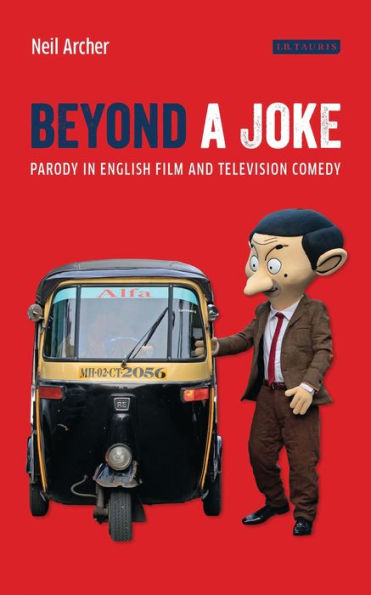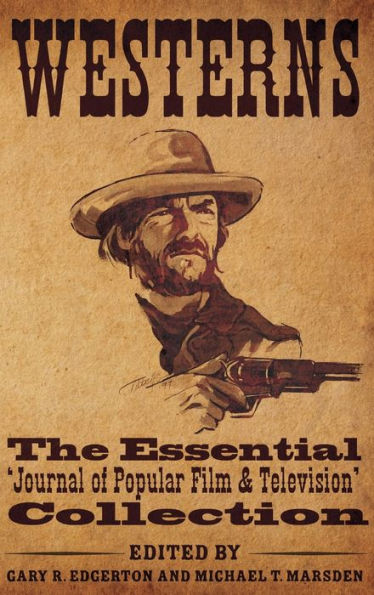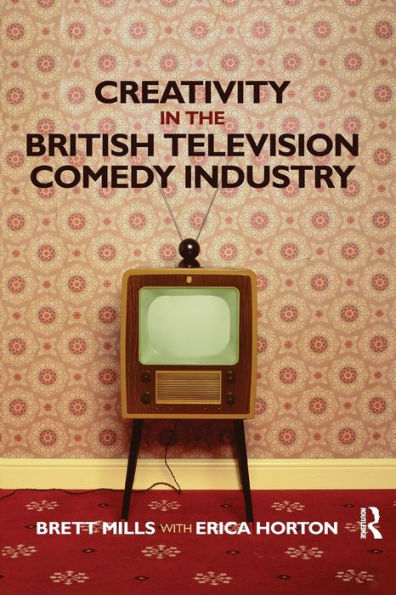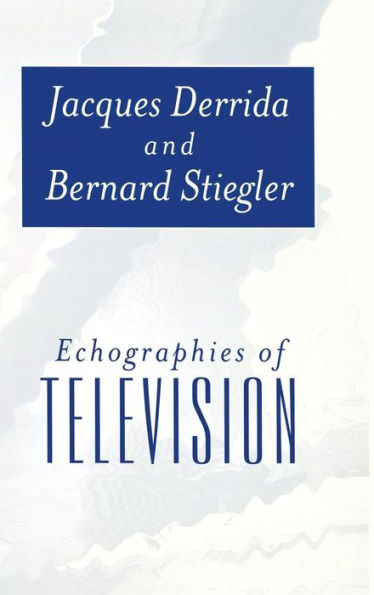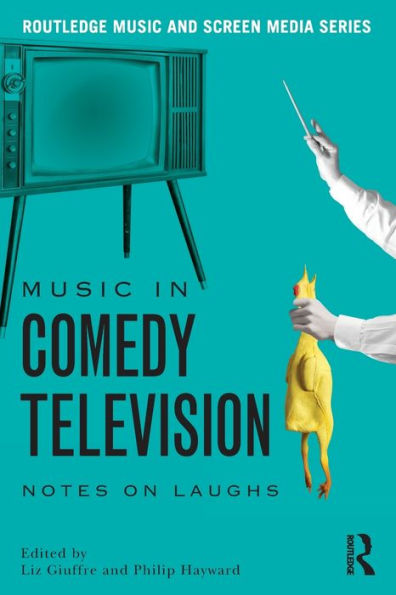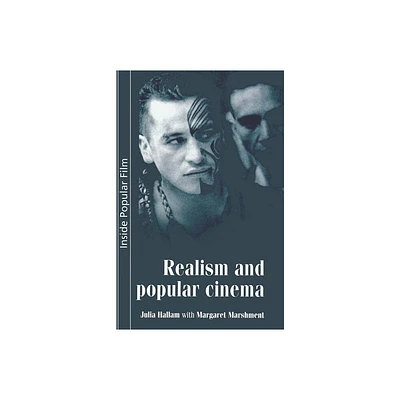Home
Popular Film and Television Comedy / Edition 1
Loading Inventory...
Barnes and Noble
Popular Film and Television Comedy / Edition 1
Current price: $48.95


Barnes and Noble
Popular Film and Television Comedy / Edition 1
Current price: $48.95
Loading Inventory...
Size: OS
*Product Information may vary - to confirm product availability, pricing, and additional information please contact Barnes and Noble
Steve Neale and Frank Krutnik take as their starting point the remarkable diversity of comedy's forms and modes - feature-length narratives, sketches and shorts, sit-com and variety, slapstick and romance. Relating this diversity to the variety of comedy's basic conventions - from happy endings to the presence of gags and the involvement of humour and laughter - they seek both to explain the nature of these forms and conventions and to relate them to their institutional contexts. They propose that all forms and modes of the comic involve deviations from aesthetic and cultural conventions and norms, and, to demonstrate this, they discuss a wide range of programmes and films, from
Blackadder
to
Bringing up Baby
, from
City Limits
Blind Date
, from the
Roadrunner
cartoons to
Bless this House
and
The Two Ronnies
. Comedies looked at in particular detail include: the classic slapstick films of Keaton, Lloyd, and Chaplin; Hollywood's 'screwball' comedies of the 1930s and 1940s;
Monty Python
,
Hancock
, and
Steptoe and Son
. The authors also relate their discussion to radio comedy.
Blackadder
to
Bringing up Baby
, from
City Limits
Blind Date
, from the
Roadrunner
cartoons to
Bless this House
and
The Two Ronnies
. Comedies looked at in particular detail include: the classic slapstick films of Keaton, Lloyd, and Chaplin; Hollywood's 'screwball' comedies of the 1930s and 1940s;
Monty Python
,
Hancock
, and
Steptoe and Son
. The authors also relate their discussion to radio comedy.
